2nd tuberculosis outbreak linked to bone grafts in the US (www.livescience.com)


Archaeologists in China have unearthed a mysterious set of rectangular wooden pieces linked to an ancient astronomical calendar. The artifacts were discovered inside an exceptionally well-preserved 2,000-year-old tomb in the southwest of the country....
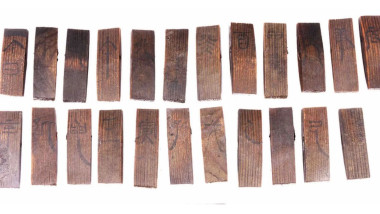
As long as humans have been minting coins and crafting beautiful jewelry and other stunning collectibles, an equal number of people have been right behind them searching for these precious finds. Here are 10 extraordinary discoveries made in 2023 that prove that the hunt for buried treasure never gets old.





In 1934, workers in Germany discovered the double burial of a woman placed in a seated position with an infant between her legs. Because of the overabundance of grave goods surrounding the pair, archaeologists concluded that she was likely a shaman who died about 9,000 years ago, during the Mesolithic period. However, her true...

Archaeologists in Iraq have unearthed twin temples built on top of each other. The newer, Hellenistic temple dates to the fourth century B.C. and may have a link to Alexander the Great....


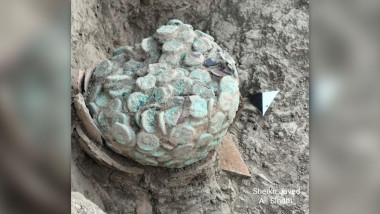
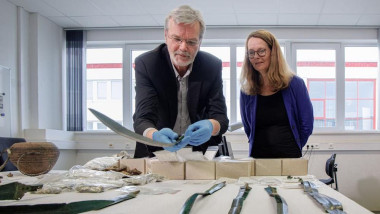


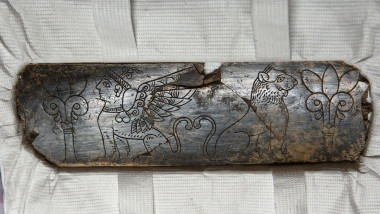
Stone Age people in Belgium were hunting with spear-throwers more than 30,000 years ago — the earliest known evidence of such a weapon in Europe, a new study suggests....
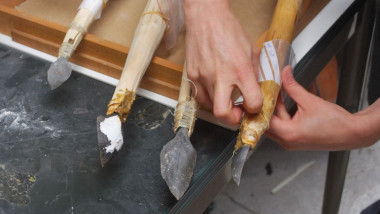

In 1908, a group of Catholic priests discovered what looked like the skeletal remains of a man buried inside a cave in La Chapelle-aux-Saints, a commune in south-central France. The nearly complete skeleton lacked several teeth, earning him the nickname the “old man.”...
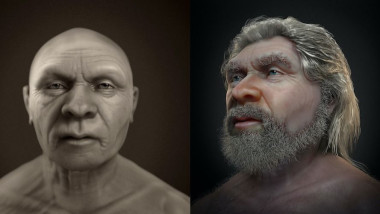
Archaeologists in Germany have discovered the remains of a massive hall that was likely used by royalty roughly 3,000 years ago....
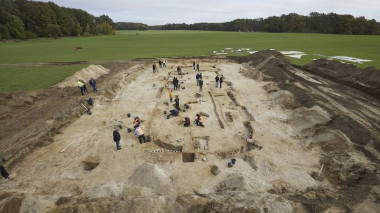
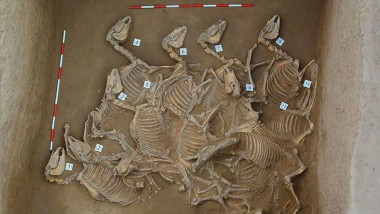
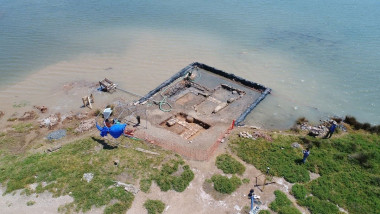
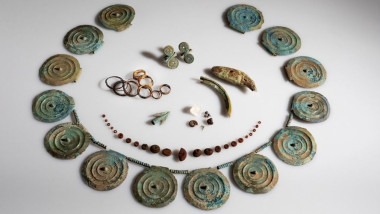
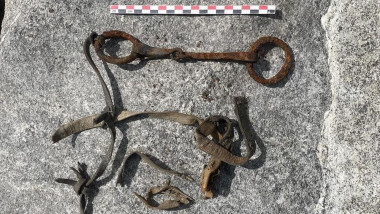
Archaeologists excavating an ancient necropolis in northeastern France have discovered an unlooted, unopened Roman-era sarcophagus dating to the second century A.D. The tomb likely holds the remains of an elite woman, archaeologists said.

Fragmentary remains of two ancient human relatives, Australopithecus sediba and Homo naledi, were carried aboard a Virgin Galactic flight on Sept. 8. Departing from Spaceport America in New Mexico, the fossils, carried by South African-born billionaire Timothy Nash in a cigar-shaped tube, were rocketed to the edge of space....
